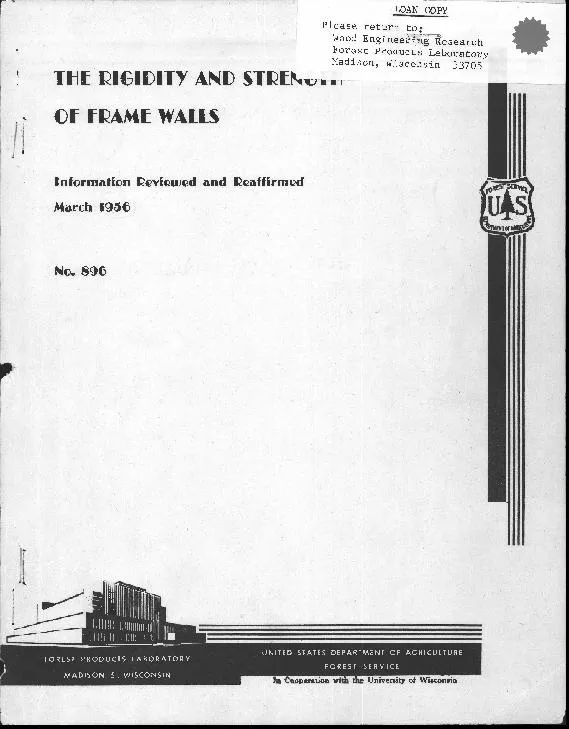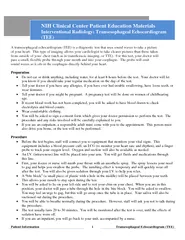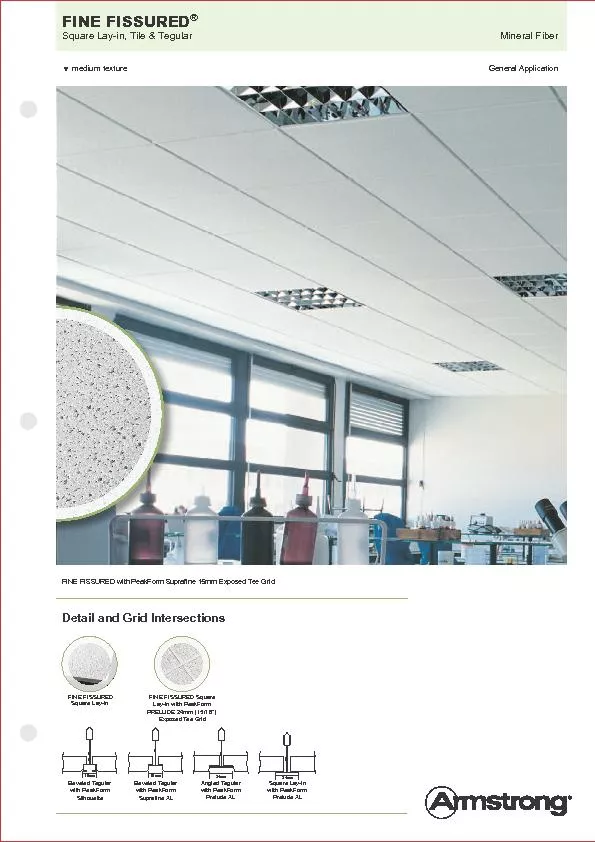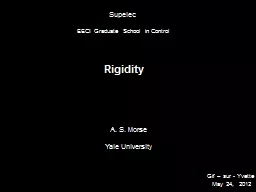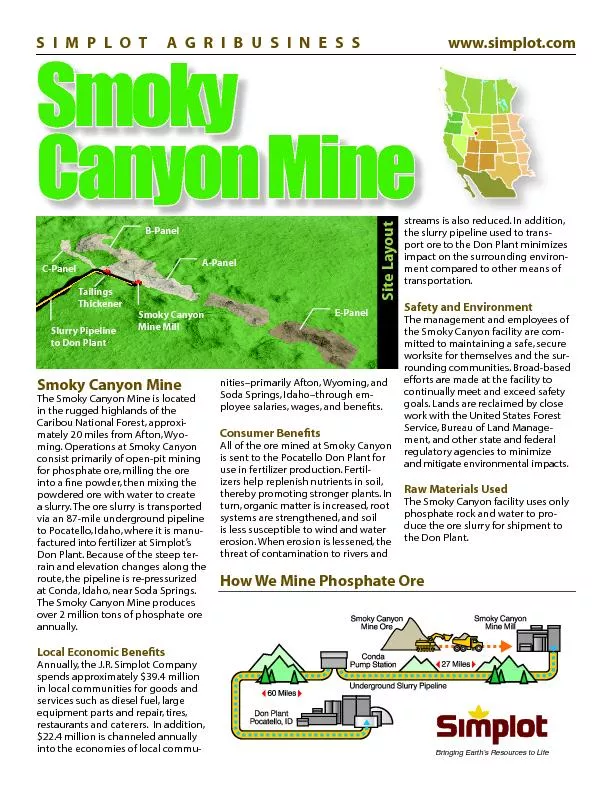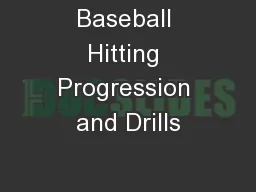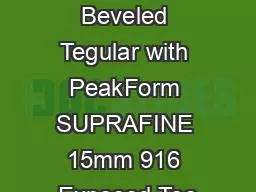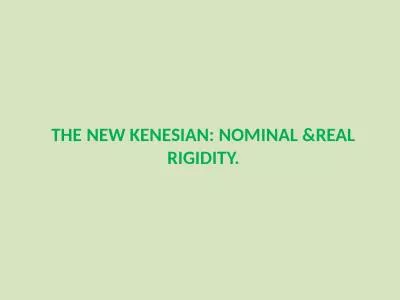PDF-TEE RIGIDITY AND STRENvInformation Reviewed and ReaffirmedLOAN COPYUNI
Author : pamella-moone | Published Date : 2016-08-23
THE RIGIDITY AND STRENGTH OF FRAME WALLSThe purpose of the study reported here was to obtain a better understandingand appreciation of the principles involved in
Presentation Embed Code
Download Presentation
Download Presentation The PPT/PDF document "TEE RIGIDITY AND STRENvInformation Revie..." is the property of its rightful owner. Permission is granted to download and print the materials on this website for personal, non-commercial use only, and to display it on your personal computer provided you do not modify the materials and that you retain all copyright notices contained in the materials. By downloading content from our website, you accept the terms of this agreement.
TEE RIGIDITY AND STRENvInformation Reviewed and ReaffirmedLOAN COPYUNI: Transcript
Download Rules Of Document
"TEE RIGIDITY AND STRENvInformation Reviewed and ReaffirmedLOAN COPYUNI"The content belongs to its owner. You may download and print it for personal use, without modification, and keep all copyright notices. By downloading, you agree to these terms.
Related Documents

